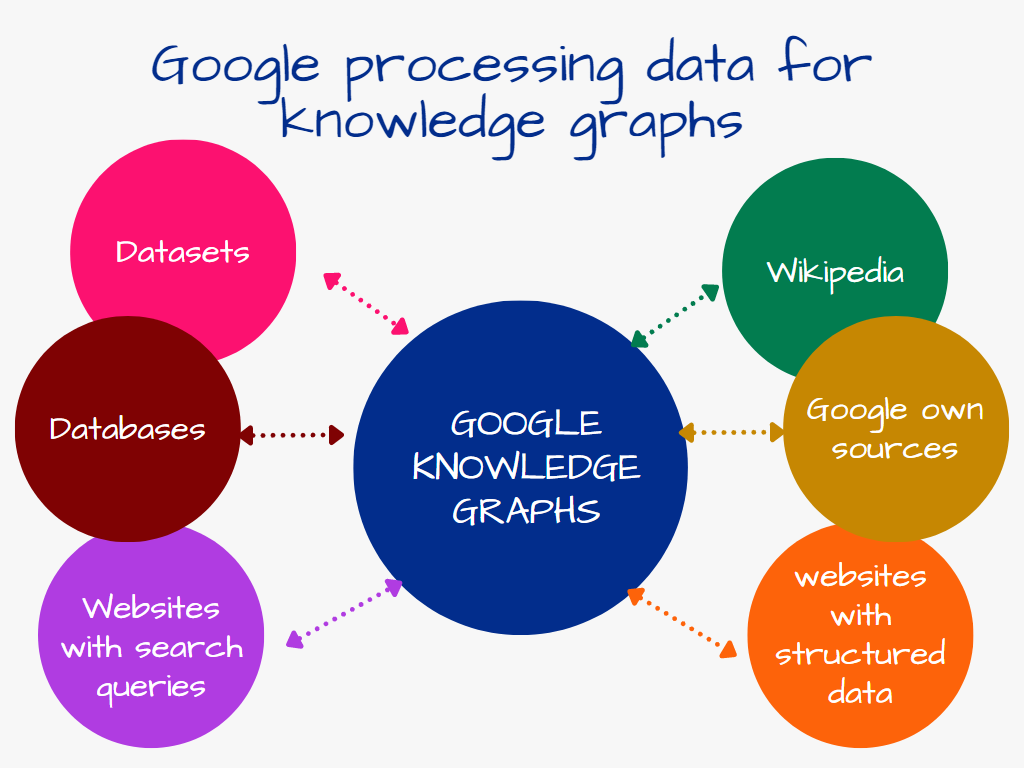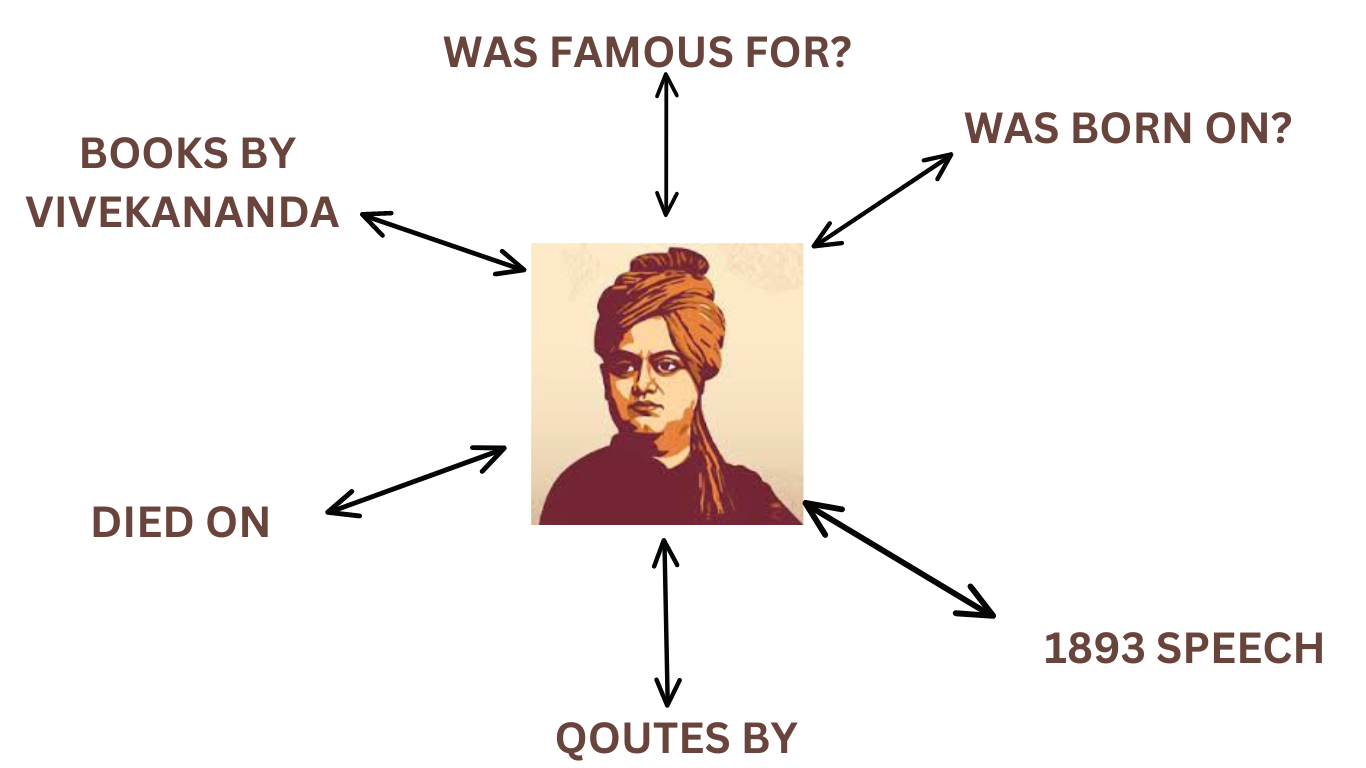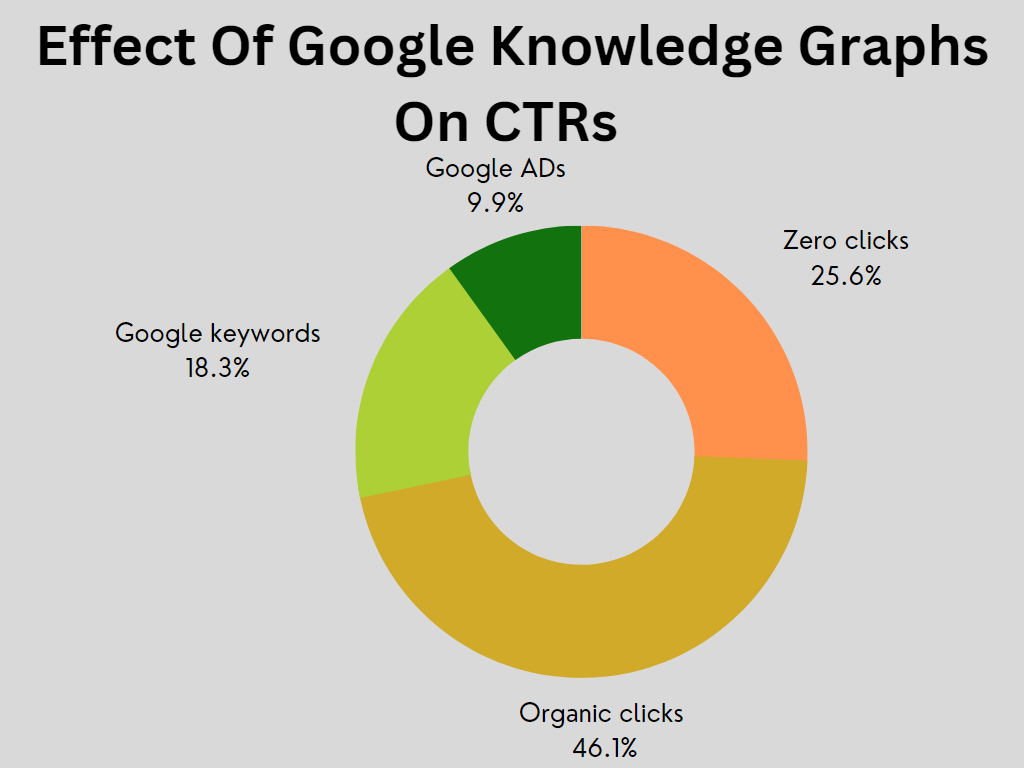Knowledge graphs are a representation of data in an organized form from different sources on the topic of interest. Similarly, the Google knowledge graph is an organized form of data from multiple sources about entities of interest in a domain.
Page Contents:
What Are Google Knowledge Graphs?
Google knowledge graphs are databases that are sources that power the knowledge panels. Google released knowledge graphs on 16 May 2012 with the slogan things, not strings.
Google knowledge graphs are a bridge between an encyclopedia and a database. It is the knowledge base from which Google serves information in the information boxes that appears at the right of your desktop screen when you search for a query.
Google knowledge graphs became so effective that within seven months of the launch, google had 570 million entities and 18 billion facts. In 2023, knowledge graphs have 800 billion entities and 8 billion facts. This massive database answers over 100 billion queries per month.
Key Features Of Google Knowledge Graphs
Google knowledge graphs have enhanced search trends. Such massive data collection and analysis was always a search engine’s key feature. Google has brought an innovative twist to showing results. While introducing knowledge graphs, google mentioned its key features. These were as follows:
1. Finding the right thing:
There can be multiple meanings to a sing word of a query. For example, a search query is Swami Vivekananda. The user may search for his life history or book’s name etc. Google now understands the relations between the related topics and then present the knowledge panel.

2. Get the best summary
Since Google now understands your query better, it summarizes more relevantly. The understanding of interrelationships between entities facilitates Google to provide you with the best snippets.
3. Go deeper and broader:
Google knowledge graphs lead you to unexpected discoveries about the topic. With the advancement of knowledge graph search results, google has uncountable facts about a particular entity. It has a web of interlinked entities. For instance, you may not know the sibling’s name of Swami Vivekananda. Google Knowledge panel shows the name of his siblings also.
How Do Google Knowledge Graphs Work?
The main aim of Google behind knowledge graphs is to understand real-world topics. It tries to understand how different entities are connected. The Google knowledge graphs contain two basic types of data:
- Entities: Real word topics like Swami Vivekananda, born date, his 1893 speech, was famous for, etc.
- Relationships: How different entities connect, like all queries are related to Swami Vivekananda but did not have any string related to him. This type of road map is formed.

Google first collects data from various sources. It allows answers to factual questions like information about a particular person, place, animal, or thing. Google has a massive database. Therefore, it uses an automated system to find and present data. The automatic system updates the algorithms.
Limitations Of Google Knowledge Graph
Google knowledge graphs are beneficial for users. It has many other technical and non-technical limitations. Let us look at some of them:
Knowledge graphs use small spaces to convey information. A small space of 1-2 paragraphs is insufficient for many complicated topics. This issue is more evident on mobile devices than on desktops.
Earlier, Google did not show the source of the knowledge panel. Because of this, users could not verify the facts and data the knowledge panel presented. However, Google now shows source links.
Washington mentioned that Google’s sources can be inaccurate. Simple facts may have multiple answers depending on different sources of the data.
Knowledge graphs have reduced traffic on other websites like Wikipedia. The competition commission has shown concern that Google presenting its material will affect the click-through rate of websites. It was concluded in a study by SEMRUSH that 25 % of all desktop searches are zero-click searches. is big bad news for websites having content that google knowledge graphs covers?

Google Knowledge Graphs For Business
Google knowledge graphs have a great influence on organic search results. Organic traffic is essential for every type of business. Google knowledge graphs now rule the organic traffic trends.
Having your website as a source of knowledge panels will flood in more and more traffic. Google knowledge graphs offer high visibility of basic information. Higher visibility is essential for any business to grow.
Google knowledge graphs improve your site structure and enhance your presentation. This attracts the audience and builds trust with potential site visitors. Google knowledge graphs help to build a network by adding your social; media followers to the panel. It makes it simple to connect with customers. Provide credibility to your website by displaying the number of reviews and ratings.
How To Get Google Knowledge Graph?
Getting a Google knowledge graph for your website should be authoritative and trustworthy. Google wants proof of your authority. Therefore, you can do the following things.
- Create a page on Wikipedia:
Wikipedia is the most trusted site on the internet, not only for us but also for Google. It is up to 99.5% accurate by some estimates. Having a page on Wikipedia will naturally list you in the knowledge graph.
- Create a page on wikidata.org:
Wikidata.org is an open-source project like Wikipedia. It is becoming popular and trusted. It is an authoritative source. Hence, you will have the benefit of creating a page on it.
- Create social media profiles:
You should and must have social media accounts. It improves your authority and enhances your promotions. Google trusts social media and shows your social media links on knowledge panels.
- Implement schematic markup on your site:
Schema markup helps search engines to understand your pages. It is a bit tricky at the beginning. Once you know to implement it effectively, google will start organizing your pages correctly.
- Content and format:
Content should be engaging and informative. Google’s first aim is to satisfy users. Therefore, your content should be written and presented in a way to provide answers to the queries of users.
- Use keywords:
Every content should have keywords to get positioned on search results. However, they do not influence as much as they did earlier but still impact the search algorithms.